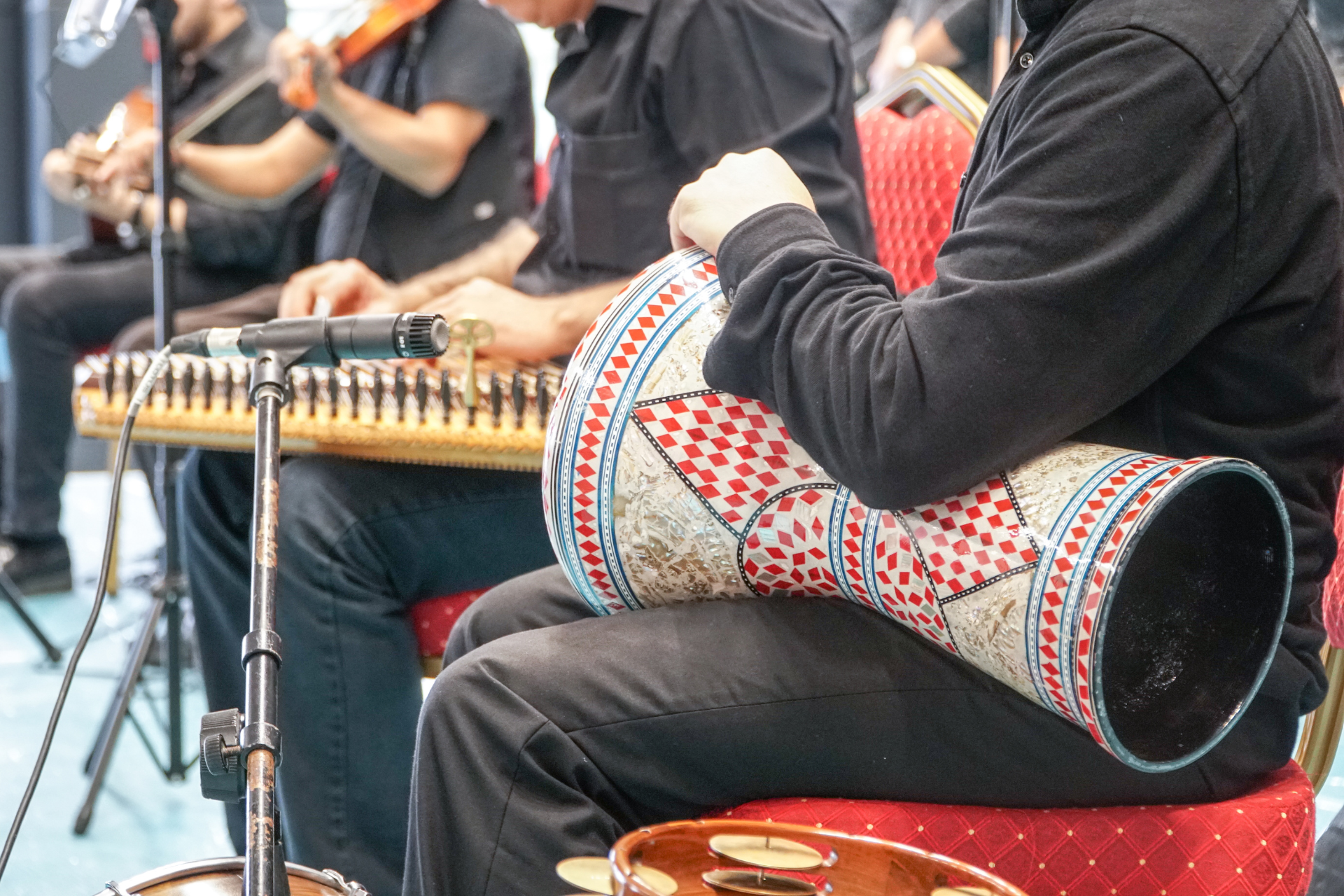General Articles
A Journey through the History of the Darbuka
In the vibrant tapestry of world music, few instruments weave such intricate rhythms and evoke such rich cultural imagery as the darbuka. Also known as the goblet drum or doumbek, this mesmerizing percussion instrument has a history as diverse and fascinating as the lands from which it hails. From the ancient civilizations of the Middle East to its widespread popularity in modern music, the darbuka continues to captivate audiences with its unmistakable sound and timeless appeal.
Ancient Origins
The roots of the darbuka can be traced back thousands of years to the cradle of civilization in the Middle East and North Africa. Its earliest predecessors can be found in the clay and ceramic drums of ancient Mesopotamia and Egypt, where they were used in religious ceremonies, rituals, and communal gatherings. These early drums evolved over time, with different cultures adding their own unique touches and innovations.
The Rise of Arab and Turkish Influence
As Arab and Turkish civilizations flourished, so too did the darbuka. It became an integral part of traditional music across the region, accompanying dancers, storytellers, and musicians in both sacred and secular contexts. In Arab countries, the darbuka gained prominence alongside other percussion instruments like the frame drum (riq) and tambourine (tabla), forming the rhythmic backbone of many musical genres, including classical, folk, and religious music.
Spread and Evolution
The darbuka's influence extended far beyond the Middle East, thanks to trade routes and cultural exchange. It made its way into Mediterranean Europe, where it became known as the doumbek, and later traveled to the Balkans, North Africa, and even as far as Central Asia. Along the way, it assimilated into various musical traditions, adapting to local styles and techniques while retaining its distinctive goblet-shaped design and metallic timbre.
Modern Resurgence
In the 20th century, the darbuka experienced a renaissance as interest in world music surged around the globe. Musicians and composers embraced its hypnotic rhythms and exotic appeal, incorporating it into a wide range of genres, from jazz and fusion to electronic and experimental music. Today, the darbuka can be heard in concert halls, nightclubs, and recording studios worldwide, transcending cultural boundaries and connecting people through the universal language of music.
The Darbuka Today
In the 21st century, the darbuka continues to evolve and adapt to the ever-changing musical landscape. Innovations in materials, construction, and playing techniques have expanded its sonic possibilities, while collaborations between artists from different backgrounds have enriched its cultural significance. Whether played as a solo instrument, in ensemble settings, or as part of larger orchestral arrangements, the darbuka remains a symbol of tradition, innovation, and artistic expression.
Experience the Magic at Rhythm Music Shop
For enthusiasts and aspiring musicians in Markham, Richmond Hill, North York, Scarborough, and the rest of the Greater Toronto Area (GTA), Rhythm Music Shop is your premier destination for all things percussion. Visit us today and embark on your own musical journey with the timeless beauty and irresistible allure of the darbuka.

